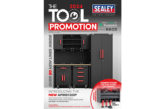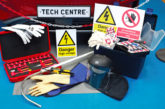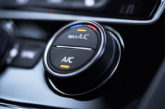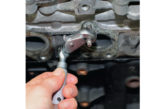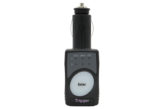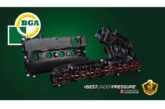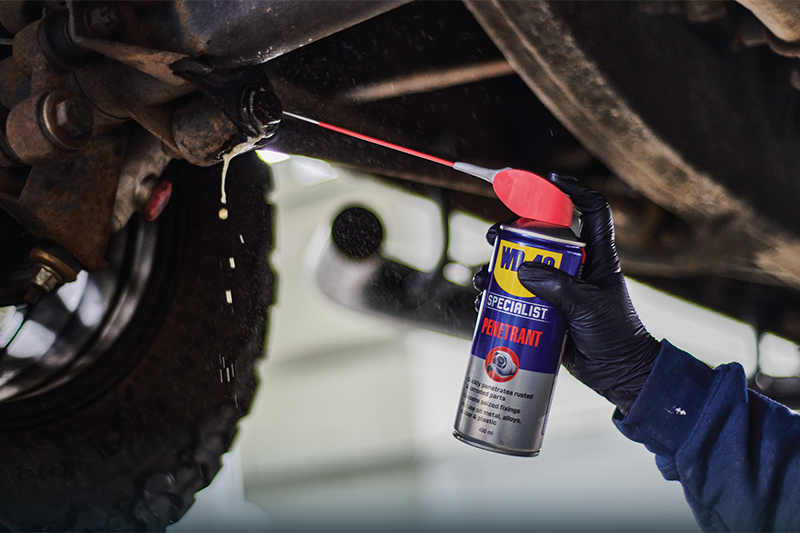
PMM takes a closer look at WD-40 Specialist Penetrant and when to use it.
The situation
Rust and corrosion must be the bane of any technician’s life. Facing the prospect of battling seized bolts brought on by oxidation on a daily basis must be one of those challenges that swiftly wears thin. In reality, rust is a natural occurrence when certain metals are exposed to air/oxygen and water, which, especially when out in the field, is a certainty so the problem is not going away. Brute force and ignorance can solve many a problem, but where corrosion is concerned that tried and tested method can inevitably create far more problems than it solves. Taking that approach when unseizing holding bolts, for instance, can easily result in the head being twisted off leaving just the stub of the bolt behind and that can only be rectified with a drill and, as soon often is the case, a tap and die.
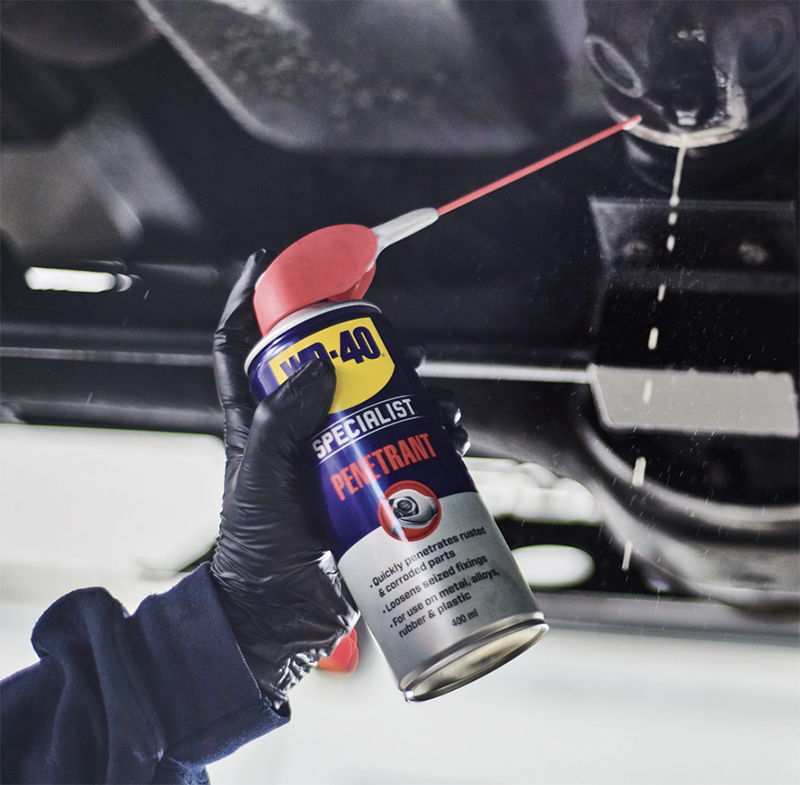
How it works
This is where WD-40 Specialist Penetrant comes into its own. The formula penetrates to the core of rusted components and mechanisms to swiftly work its magic by loosening stuck or seized parts. Penetrant’s extremely low surface tension seemingly cuts through rust, seams and tightly bonded threads and effectively frees up seized parts. It is highly water resistant, it also displaces moisture that prevents smooth movement and can also be used as a preventative against the future build-up of rust and corrosion.
When and how to use
Prime candidates, in terms of uses, has to be when servicing corroded water pumps, seized valves and bearings, and even the routine role of changing an exhaust system whereby seized bolts used in holding brackets are so readily ripped off can just so easily be freed and re-used without the added cost and inconvenience. Liberally coating the seized bolt or nut head with the penetrant and then leaving it for a minute before carefully trying to work it can be effective. Areas coated by severe debris must be cleared, of course, using a wire brush or, in extreme cases, a hammer and chisel, but liberal amounts of Penetrant and a little TLC will, more often than not, be the solution to an unavoidable problem.

